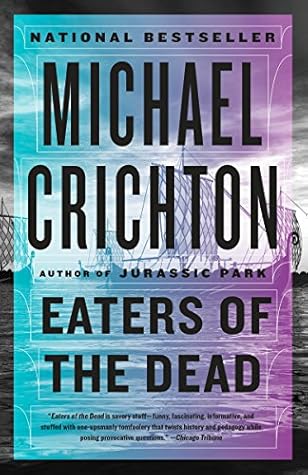More on this book
Community
Kindle Notes & Highlights
It now appears indisputable that Europeans were erecting huge megalithic tombs before the Egyptians built the pyramids; Stonehenge is older than the civilization of Mycenaean Greece; metallurgy in Europe may well precede the development of metalworking skills in Greece and Troy.
These Northmen are by their own accounting the best sailors in the world, and I saw much love of the oceans and waters in their demeanor.
The Northmen believe that how a man dies determines his condition in the afterlife, and they value the death of a warrior in battle above all.
“They will return as Korgon.” I did not know the sense of the word. “What is Korgon?” He said to me, “The glowworm dragon, which swoops down through the air.”
The historian Sjogren places great importance on Adam’s statement that men would prefer to be beheaded rather than flogged. This would seem to suggest that flogging was known among the Northmen; and he argues further that it was most likely a punishment for slaves.
*In the Mediterranean, from Egyptian times, dwarves were thought especially intelligent and trustworthy, and tasks of bookkeeping and money-handling were reserved to them.
†Of approximately ninety skeletons that can be confidently ascribed to the Viking period in Scandinavia, the average height appears to be about 170 centimeters (5’7”).
Interestingly, there is a story about Odin in which he is killed and resurrected after nine days; most authorities believe this idea antedates any Christian influence. In any case, the resurrected Odin was still mortal, and it was believed that he would someday finally die.
“To Odin, and Frey, and Thor, and Wyrd, and to the several other gods who may influence your safe journey.” These are the names of the Northmen gods.


